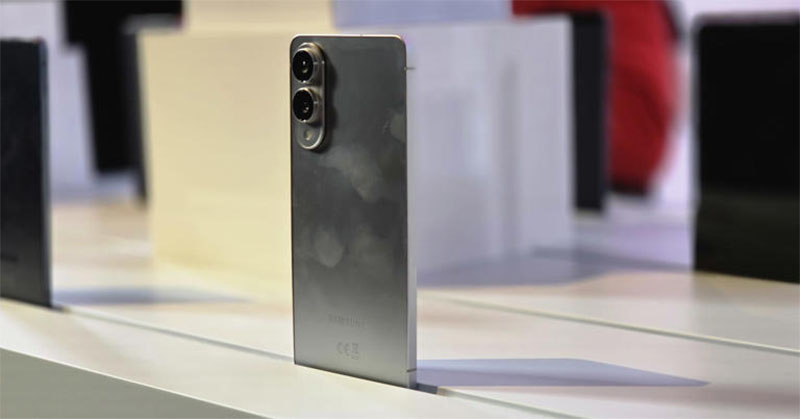
Photo Credit: Samsung
In a bold move to outpace Apple in the race for slimmer smartphones, Samsung officially unveiled the Galaxy S25 Edge on May 13, 2025. Touted as the company's slimmest flagship yet, the device arrives with a 5.8mm profile and an ambitious mix of premium design and next-gen artificial intelligence features. But this quest for sleekness comes with strategic compromises — ones that may split consumers down the middle.
The launch, staged at Samsung's flagship store in Seoul, was anything but coincidental. "By releasing the product a few months ahead, Samsung could inflict some impact on Apple," said Ryu Young-ho, senior analyst at NH Investment & Securities. Apple is expected to debut its ultra-thin iPhone 17 Air later this year. Samsung's decision to pre-empt this launch reflects its effort to lock in a key demographic — tech-savvy consumers in their 20s and 30s who value portability as much as power.
Structurally, the Edge borrows heavily from its larger siblings. It carries the same Snapdragon 8 Elite for Galaxy processor, the titanium frame of the S25 Ultra, and Samsung's new Gorilla Glass Ceramic 2 for added durability. With an IP68 rating, it's built to resist both dust and water — despite the razor-thin body. "Users wanted something slimmer and easier to carry without sacrificing performance," Samsung said in a statement, explaining its reengineering of internal components to achieve the final design.
Weighing just 163g, the S25 Edge doesn't feel like a scaled-down compromise — until you examine the rear camera setup. The device lacks a telephoto lens, instead offering a 200MP main sensor and a 12MP ultrawide lens. While the main camera uses the same sensor as the S25 Ultra, photography enthusiasts may find the missing zoom options hard to ignore.
The second major concession is battery life. With a 3,900mAh battery, the Edge trails both the 4,000mAh base S25 and the 4,900mAh Plus. Samsung claims up to 24 hours of video playback, but that's five hours fewer than the Plus. "Most modern phones have battery to spare," said Dominic Preston, Tech Advisor editor, "but I don't trust that the Edge will be a full-day phone forever."
Set to retail at $1,099 for 256GB and $1,219 for 512GB, the Edge surprisingly costs more than the Plus model. For those drawn to form over function, it's a daring offering. But for everyone else, waiting for in-depth reviews might be the wisest call.